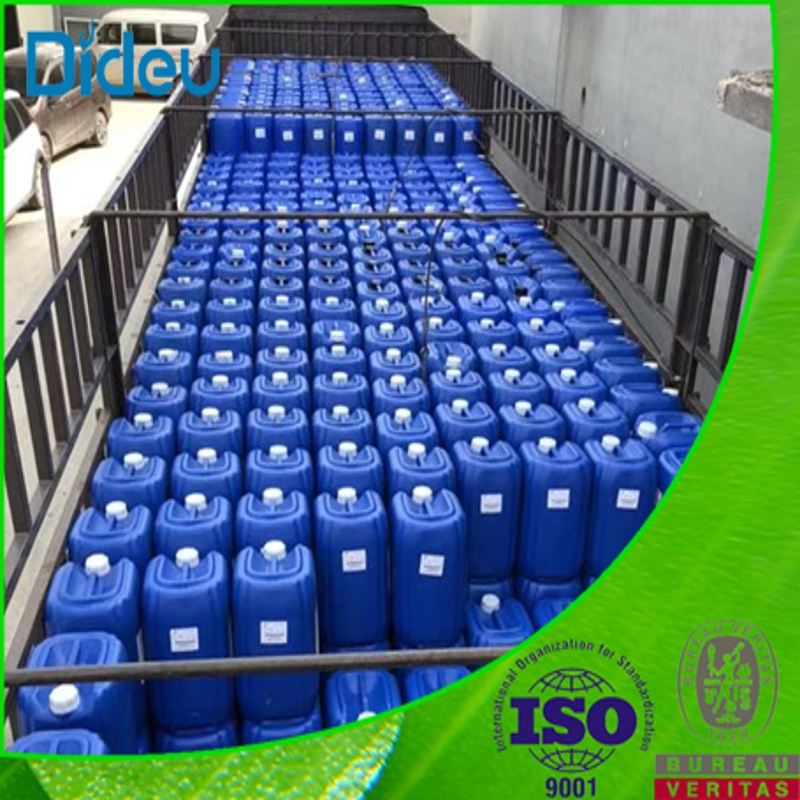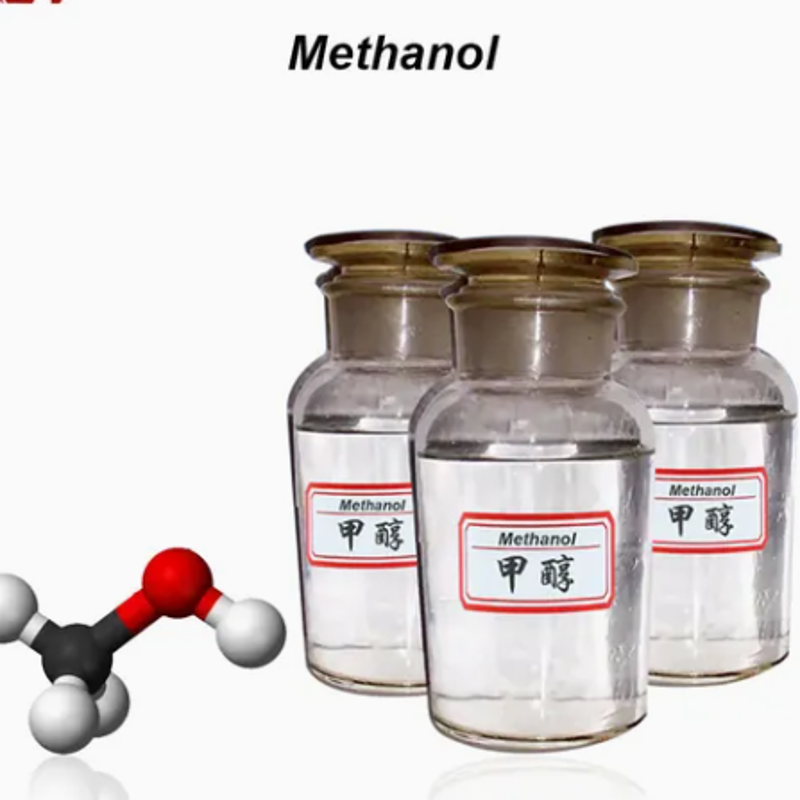-
Categories
-
Pharmaceutical Intermediates
-
Active Pharmaceutical Ingredients
-
Food Additives
- Industrial Coatings
- Agrochemicals
- Dyes and Pigments
- Surfactant
- Flavors and Fragrances
- Chemical Reagents
- Catalyst and Auxiliary
- Natural Products
- Inorganic Chemistry
-
Organic Chemistry
-
Biochemical Engineering
- Analytical Chemistry
-
Cosmetic Ingredient
- Water Treatment Chemical
-
Pharmaceutical Intermediates
Promotion
ECHEMI Mall
Wholesale
Weekly Price
Exhibition
News
-
Trade Service
2-Ethylhexanol is an important chemical intermediate that is widely used in the production of a variety of products including cleaning agents, cosmetics, plastics, and lubricants.
It is a colorless, odorless liquid with a low melting point and a high boiling point.
The chemical formula for 2-ethylhexanol is C8H18O.
There are several synthetic routes that can be used to produce 2-ethylhexanol, including the following:
- Hydroformylation of 1-hexene: This process involves the reaction of 1-hexene with hydrogen and carbon monoxide in the presence of a metal catalyst, such as cobalt or rhodium.
The reaction produces 2-ethylhexanol, along with other products such as carbon monoxide and hydrogen. - Oxosynthesis of 2-ethylhexanol: This process involves the reaction of ethylene with an excess of oxygen in the presence of a catalyst, such as potassium permanganate or sodium peroxide.
The reaction produces 2-ethylhexanol, along with other products such as carbon dioxide and water. - Reduction of 2-ethyl-1-hexanol: This process involves the reduction of 2-ethyl-1-hexanol, which is derived from the hydroformylation of 1-hexene, using a reducing agent such as hydrogen in the presence of a catalyst, such as palladium or platinum.
The reaction produces 2-ethylhexanol, along with other products such as hydrogen and carbon dioxide. - Reduction of 2-ethyl-2-butanol: This process involves the reduction of 2-ethyl-2-butanol, which is derived from the reduction of 2-butyl-1-propanol, using a reducing agent such as hydrogen in the presence of a catalyst, such as palladium or platinum.
The reaction produces 2-ethylhexanol, along with other products such as hydrogen and carbon dioxide.
Each of these synthetic routes has its own advantages and disadvantages, and the choice of route will depend on factors such as the availability of raw materials, the desired yield, and the cost of the process.
For example, hydroformylation is a highly efficient process that produces high yields of 2-ethylhexanol, but it requires the use of expensive metal catalysts and high pressures and temperatures.
On the other hand, the reduction of 2-ethyl-1-hexanol and 2-ethyl-2-butanol are relatively simple and inexpensive processes, but they typically produce lower yields of 2-ethylhexanol.
In addition to these synthetic routes, 2-ethylhexanol can also be produced by biotechnological processes, such as fermentation.
This method involves the use of microorganisms, such as bacteria or yeast, to convert sugars or other organic compounds into 2-ethylhexanol.
This approach has the advantage of being environmentally friendly, as it does not require the use of harsh chemicals or high temperatures and pressures.
However, it is typically less efficient and more expensive than chemical synthesis.
Overall, the production of 2-ethylhexanol is a complex and multifaceted process that involves a variety of synthetic routes and technologies.
The choice of route will depend on a variety of factors, including the availability of raw materials, the desired yield, and the cost of the process.
Regardless of the synthetic route used, 2-ethylhexanol is an important chemical intermediate that is widely used in the production of a variety of products, and it has a bright future in the chemical industry.







